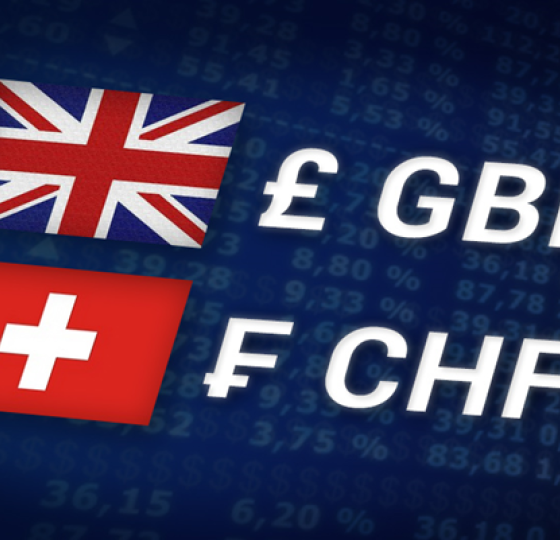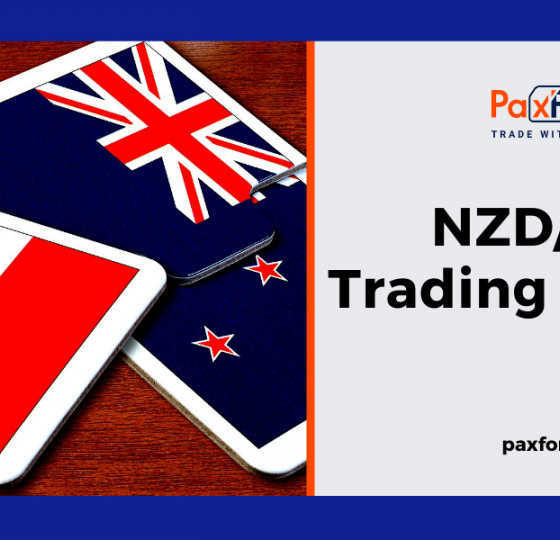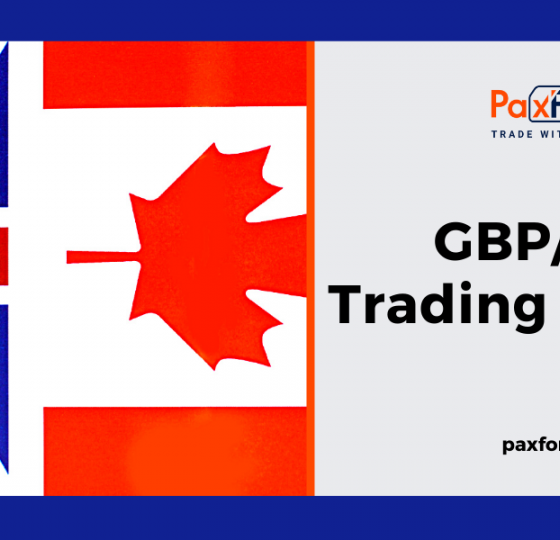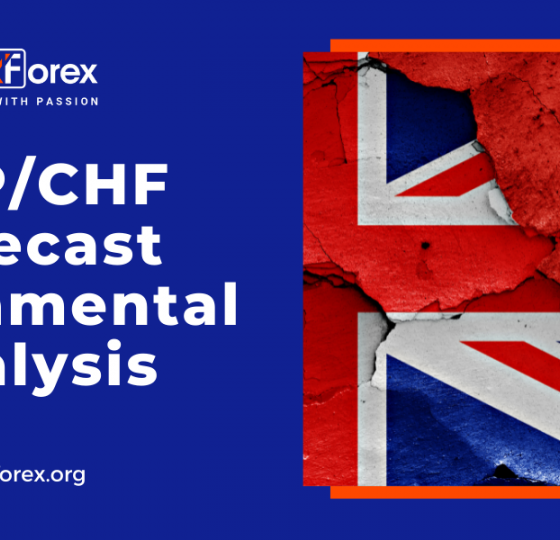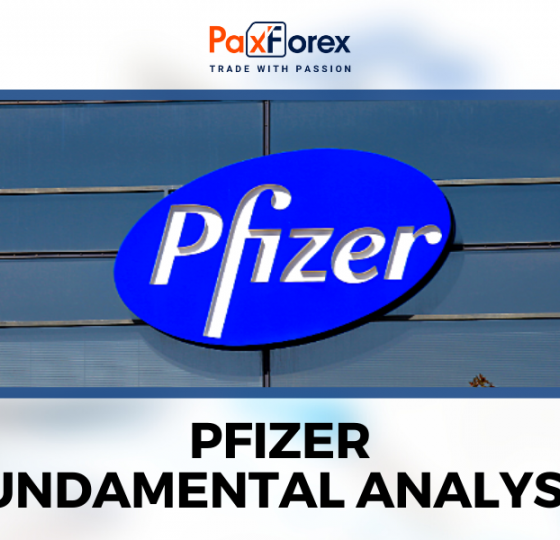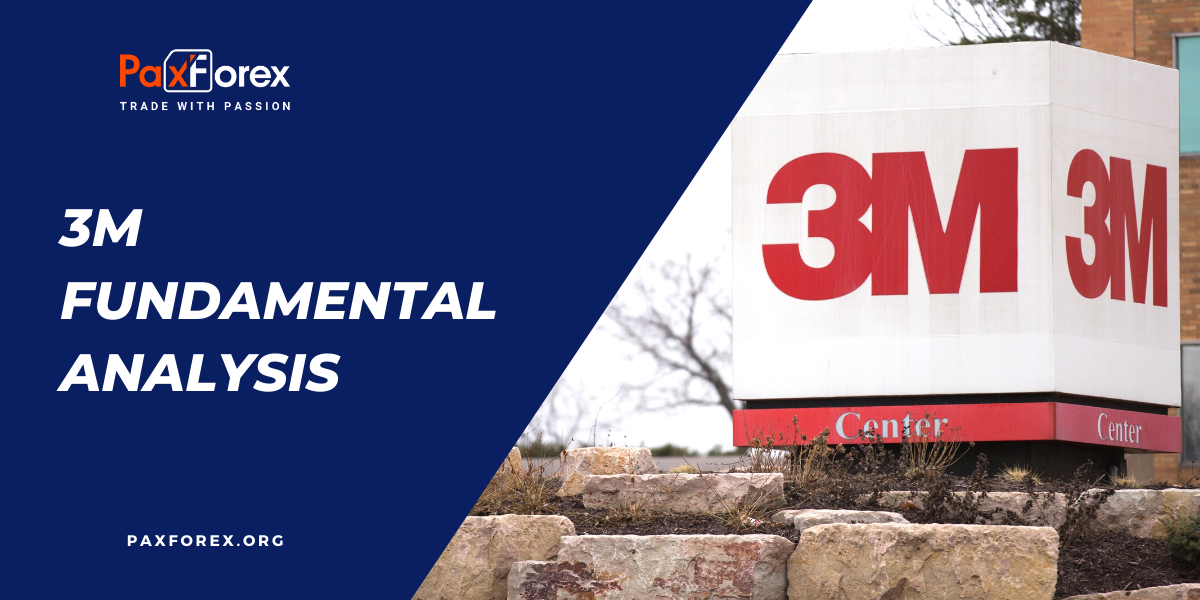
Source: PaxForex Premium Analytics Portal, Fundamental Insight
3M has baffled investors. It's no secret that the industrial sector has suffered from soaring raw material prices, persistent supply chain problems, and component shortages. In addition, weakness in end markets in areas such as semiconductors and automotive manufacturing, as well as the aftermath of the war in Ukraine, have all hit the sector. Consequently, many industrial companies lowered their forecasts or expectations for the full year. Nevertheless, 3M was not one of them. So is this good or bad news? Let's break it down.
Despite a difficult first quarter and the fact that CFO Monish Patolawala noted his cautiousness in the current environment and said that "we are seeing a slow start to sales in April" during the earnings report, the company's management maintained its forecast for the full year.
Recall that 3M is forecasting organic revenue growth of 2% to 5%, adjusted earnings per share in the $10.75 to $11.25 range, and profit-to-cash flow conversion of 90% to 100%.
Of course, 2% to 5% is a pretty wide range. When asked during a conference call where the company expects to be in that range, neither Patolawala nor CEO Mike Roman responded. As a result, investors are wondering what 3M's growth will be this year.
It's a good question since there was no shortage of contrary talking points this quarter and in 2022 as a whole. For instance, Q1 YoY growth was only 1.7%, and 3M faces some tough comparisons to the Q2 and Q3 of 2021.
Still, as noted above, management said the company had a slow start to the second quarter. In addition, Patolawala acknowledged that expectations for economic growth and industrial production in 2022 have softened due to the uncertain economic and geopolitical environment. This is a major challenge for a company such as 3M since its size and spread of end markets mean that its revenue growth will always depend on the growth of the industrial sector.
Patolawala said that "raw material and logistics costs are expected to rise, affecting Q2 YoY by about $225 million"-something that will drive profit margins down. Speaking of margins, it's worth noting that management believes that "volume gives us the best leverage, so the more we can grow, the more additional leverage we will have." In plain language, this means that 3M needs sales volumes to significantly increase its profit margin. Thus, if sales volumes fall short of expectations, it could put pressure on profit margin expansion expectations and profits.
There are also questions regarding the company's specific end markets.
The consumer segment looks consistent with expectations, but given that 46% of the company's sales are in the home improvement market, any slowdown in the housing market as a result of rate hikes would be detrimental. The health care segment also appears to be on track, but fee-for-service procedures were down in the first quarter because of Omicron, and there could be some issues with health care providers returning to work in 2022.
The safety and industry segment is interesting in that the 0.5% growth in the first quarter would have been 2% had it not been for a 1.5% year-over-year decline in disposable respirator sales. That's a better result (for respirators) than management expected before the quarter started. Again, this may be due to the effect of the Omicron variant in January and February.
The biggest concern, however, is the transportation and electronics segment. Patolawala noted that "expectations for growth in the end markets for transportation and electronics have declined," largely due to lower expectations for global light vehicle production in 2022. In addition, recent weakness in semiconductors and smartphone manufacturing has threatened growth prospects in that segment.
Indeed, management has given such a wide range of forecasts for segment growth in 2022 because of uncertainty in the segment's end markets. Hence, given the turn for the worse, it is reasonable to expect growth at the lower end of the range for 2022.
3M's revenue and earnings guidance are under pressure, and anyone buying the stock for the sake of a 4.1% dividend yield should keep that in mind before buying it. This is not to say that the stock is not attractive to investors looking for a long-term entry point into a great company; just keep in mind that there may be some negative short-term news in 2022.
As long as the price is below the 154.00 level, follow the recommendations below:
- Time frame: D1
- Recommendation: short position
- Entry point: 149.21
- Take Profit 1: 140.00
- Take Profit 2: 135.00
Alternative scenario:
If the level of 154.00 is broken-out, follow the recommendations below:
- Time frame: D1
- Recommendation: long position
- Entry point: 154.00
- Take Profit 1: 160.50
- Take Profit 2: 168.70


